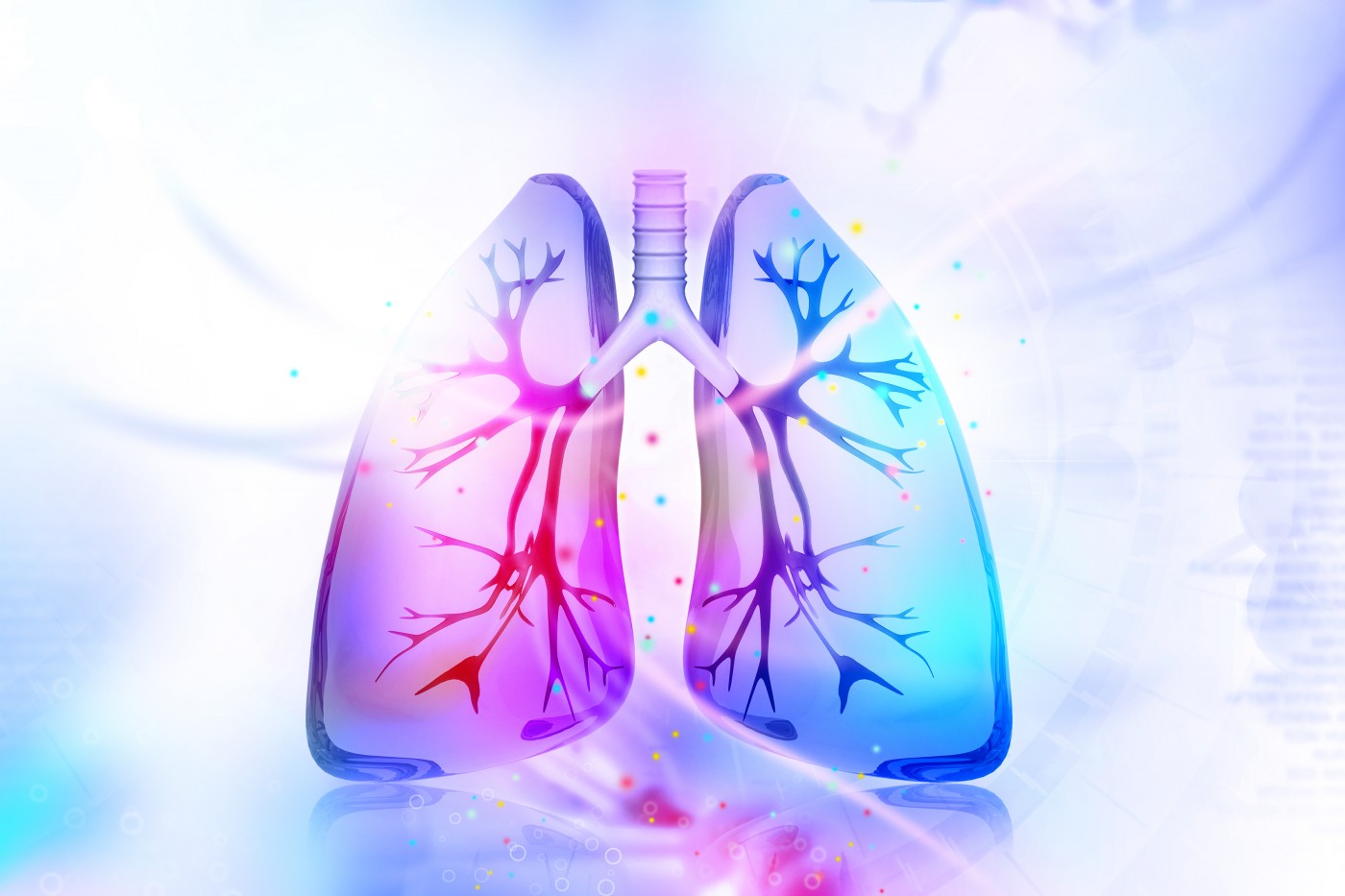Start of Pulmonary Hypertension by Arterial Stiffening May Be Reduced Through Hormone Therapy, Researchers Say

Pulmonary hypertension (PH) occurs when the walls of the blood vessels that supply the lungs begin to thicken, increasing pressure and restricting blood flow to these vessels. As a result, excessive stress is placed on the heart as it begins to overcompensate for this reduced blood flow. Currently, there is no cure for PH.
Recent work from Brigham and Women’s Hospital in Boston titled, “Distal vessel stiffening is an early and pivotal mechanobiological regulator of vascular remodeling and pulmonary hypertension,” determined that stiffening of the pulmonary arteries is a critical initial driver of PH and is caused by dysregulation of hormone production.
This study, published in JC Insight, used highly advanced experimental models and microscopy techniques to examine the early drivers of PH. While there are many indicators of PH, such as increased pulmonary resistance, vascular remodeling, and right ventricular failure, a team of scientists led by Laura Fredenburgh discovered that thickening and stiffening of the pulmonary arteries occurred early in PH. This indicates that pulmonary arterial stiffening likely promotes PH, rather than occurring as a side effect of end-stage disease, as previously believed.
The study’s authors found that increased arterial stiffness actually biased the pulmonary circulatory system to begin the harmful vascular remodeling characteristics of PH. This increase in stiffness was found as a result of reduced prostaglandin production. Prostaglandins are hormones that are produced throughout the body and regulate diverse processes, including inflammation and muscle contraction.
Interestingly, supplementation with a prostaglandin analog called treprostinil prevented the increase in stiffness of the pulmonary arteries and ultimately prevented the development of PH in an animal model. This is a clinically relevant finding, as it suggests that administration of prostaglandins in the early stage of disease progression may prevent the development of late-stage PH symptoms.
In conclusion, the Fredenburgh lab has demonstrated that pulmonary arterial stiffening is a key contributor to the early-stage disease progression of PH. Also, this stiffening occurs as a result of reduced hormone levels, which was demonstrated to be preventable in animals through prostaglandin therapy. The authors asserted a strong case for using prostaglandin therapy early in the PH disease course.







